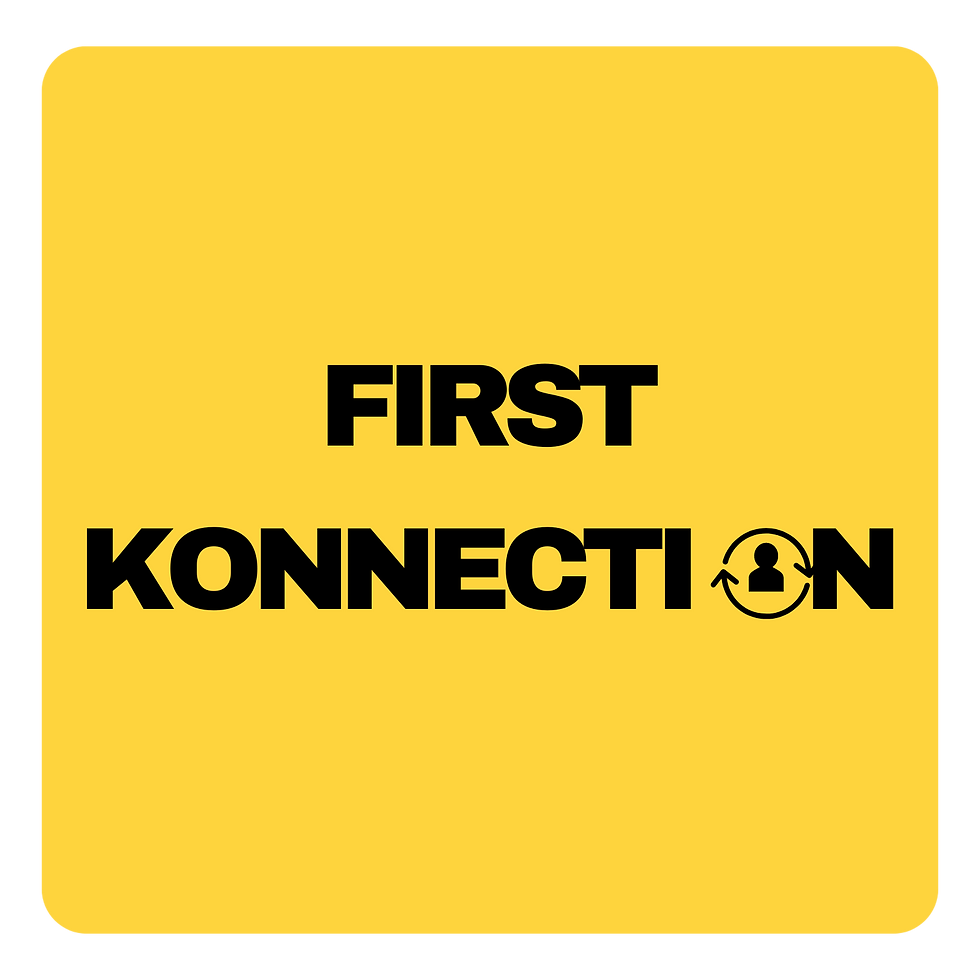Bridging the Gap Between Management and Teaching Staff
- Nikki

- Aug 18
- 4 min read
In every school, management and teaching staff play different but equally critical roles. Management is often focused on strategic planning, budgets, and long-term goals, while teachers are absorbed in day-to-day classroom realities — shaping lessons, managing student behaviour, and balancing heavy administrative tasks.
When these two perspectives drift apart, schools can face real challenges: low morale, resistance to new initiatives, and even high staff turnover. But when both sides work in harmony, schools become stronger, more collaborative, and more capable of delivering quality education.

Here are practical strategies that can help bridge this gap and build a healthier, more united school culture.
1. Create Open and Two-Way Communication
A major source of tension is poor communication. Teachers may feel that important decisions are handed down without explanation, while management may assume teachers understand the bigger picture. This lack of dialogue can easily lead to frustration.
💡 What works:
Schedule regular staff briefings or “town hall” sessions where leaders share updates and invite feedback.
Use digital platforms (like internal newsletters or chat groups) to keep communication transparent.
Encourage an open-door policy so teachers feel comfortable approaching leaders with concerns.
When communication flows both ways, misunderstandings decrease, and trust begins to grow.
2. Involve Teachers in Decision-Making
Teachers are on the frontlines — they know what works in the classroom and what doesn’t. When decisions are made without their input, it can lead to policies that look good on paper but don’t work in practice.
💡 What works:
Create committees or focus groups that include teachers whenever curriculum changes, assessment methods, or school-wide policies are discussed.
Pilot new initiatives with teacher feedback before rolling them out across the school.
Value teacher insights as professional expertise, not just “opinions.”
When teachers are part of the process, they feel respected, and management gains stronger buy-in for changes.
3. Recognise and Appreciate Teachers’ Efforts
Recognition is one of the simplest yet most overlooked ways to improve morale. Many schools celebrate exam results or awards, but everyday teacher efforts — like mentoring weaker students or handling difficult parents — often go unnoticed.
💡 What works:
Acknowledge outstanding contributions at staff meetings or newsletters.
Celebrate teaching milestones (e.g., years of service, innovative lesson ideas).
Offer small but meaningful gestures, such as handwritten thank-you notes or flexible time-off after a busy exam period.
Recognition doesn’t have to be costly; it just needs to be consistent and genuine.
4. Provide Support Instead of Adding Burdens
Teachers already juggle lesson planning, assessments, co-curricular duties, and administrative work. When management introduces new initiatives without support, teachers may feel overwhelmed and undervalued.
💡 What works:
Before rolling out a new program, ask: “How will this affect teachers’ workload?”
Provide additional training or teaching resources to ease the transition.
Assign administrative support staff so teachers can focus more on teaching and less on paperwork.
Support should empower teachers, not add to their stress.
5. Build a Culture of Trust and Respect
Trust is not built overnight. It comes from consistent actions that show respect for teachers’ expertise and experiences. When leaders treat teachers as professionals and partners, the whole school benefits.
💡 What works:
Leaders should spend time in classrooms, not to micromanage, but to understand challenges firsthand.
Follow through on commitments made during meetings or feedback sessions.
Encourage collaboration instead of top-down instructions — involve teachers in shaping the school’s vision.
A culture of mutual respect makes teachers feel valued and motivates them to go the extra mile for their students.
Why Bridging This Gap Matters
When management and teachers work against each other, schools risk creating a toxic environment where frustration builds, innovation stalls, and good teachers leave. On the other hand, when both sides find common ground, schools thrive.
Teachers feel supported and motivated.
Leaders gain trust and cooperation.
Students experience the benefits of a stable, positive learning environment.
The relationship between management and teachers is not about one side “leading” and the other “following” — it’s about building a shared vision for student success.
Partnering to Build Stronger Teams
At First Konnection, we specialise in helping schools find not just skilled educators, but also leaders who understand the importance of collaboration. We believe that when management and teaching staff work hand-in-hand, schools become the best places to teach and learn.
👉 If you’re a school leader looking to build a stronger, more connected team, let’s talk about how we can support your hiring needs.

First Konnection is an award-winning education recruitment agency dedicated to connecting exceptional talent with leading companies in the education sector, both locally and across the region. Recognised as a trusted partner by educational institutions of all sizes, we specialise in delivering tailored recruitment and business solutions designed to address the unique challenges of the education industry.
With a deep understanding of the evolving needs of schools, training centers, and educational enterprises, we provide end-to-end support, from sourcing top-tier candidates to offering expert advice on workforce planning and retention strategies. Our commitment to excellence, coupled with a regional presence, ensures that we bring value-driven, innovative solutions that empower our clients to achieve their goals and maintain a competitive edge.
At First Konnection, we don’t just find talent—we build lasting partnerships that drive growth and success for the education community.
.png)



Comments